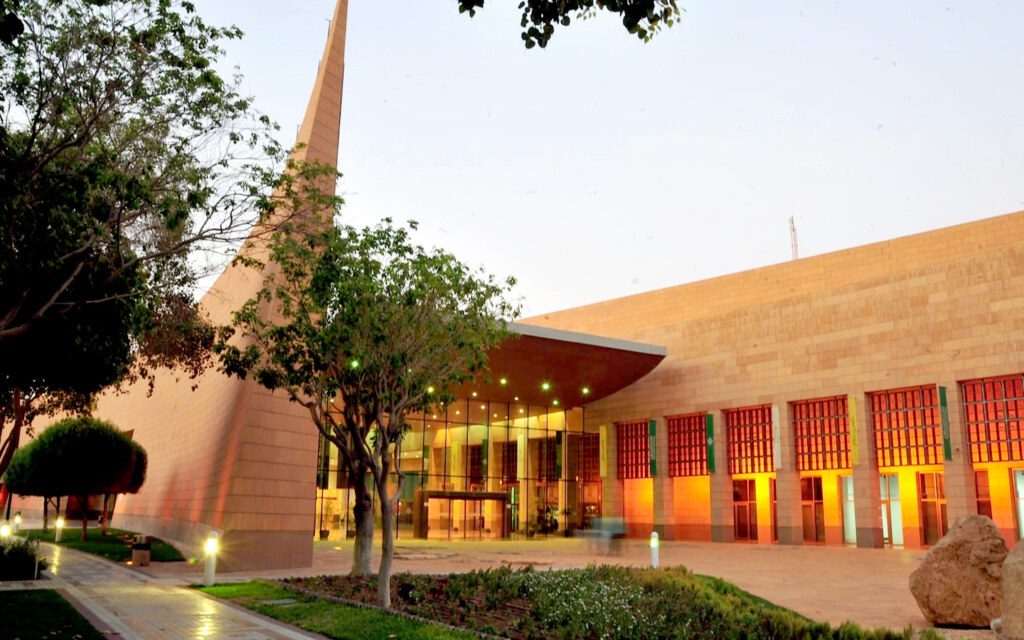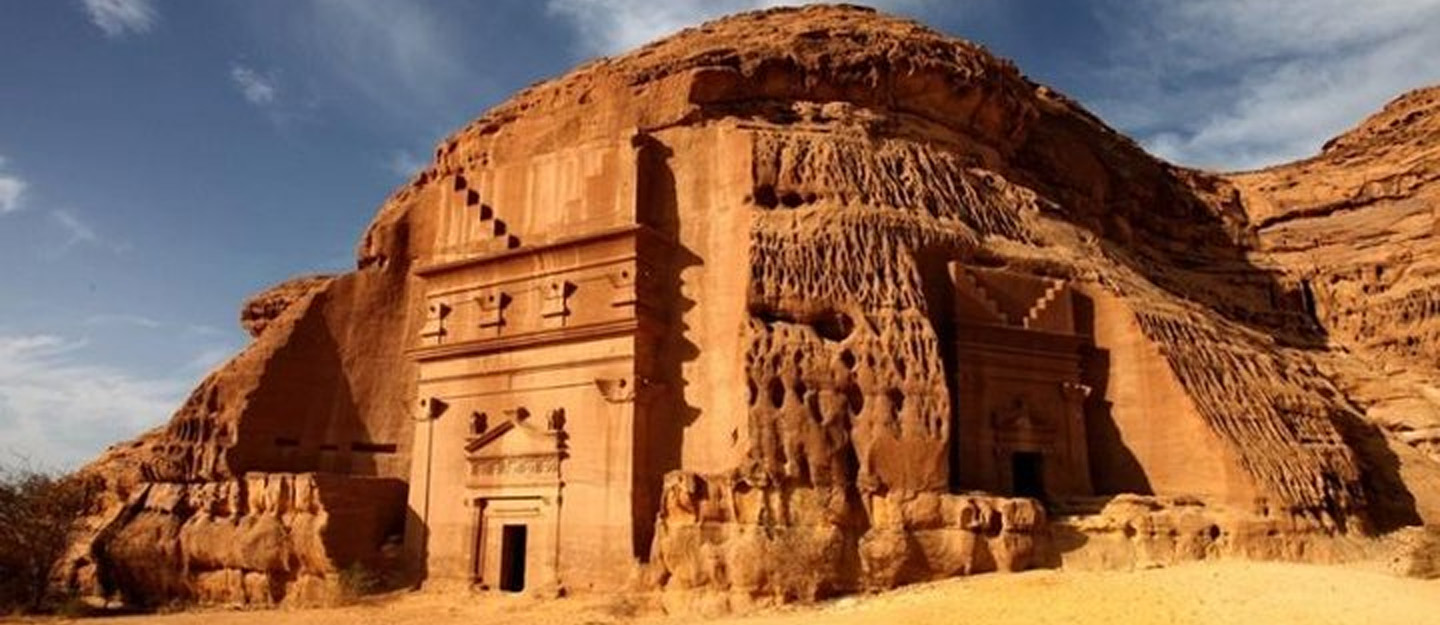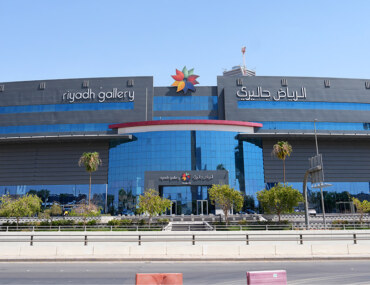Every stone, fortress, and carving in Saudi Arabia tells a story; one that stretches from ancient times. Every stone and carving in Saudi Arabia tells a story. From ancient civilizations to modern progress, the National Historical Monuments in Saudi Arabia reflect a journey of faith, trade, and transformation.
These monuments are not just landmarks. They are living museums that showcase centuries of culture and craftsmanship. From Nabataean tombs carved into red cliffs to old royal capitals, each site holds a chapter of the Kingdom’s evolving story.
Did you know AlUla has more preserved tombs than Petra?
Most Important Historical Monuments
Saudi Arabia’s history unfolds across its cities, deserts, and oases. Some monuments are recognized by UNESCO for their outstanding cultural value.
Top historical monuments include:
- Al-Hijr (Madâin Sâlih), AlUla: The first UNESCO World Heritage Site in Saudi Arabia. Its Nabataean tombs and rock carvings glow golden at sunrise.
- At-Turaif District, Diriyah: Birthplace of the First Saudi State. Its restored mudbrick architecture now anchors the Diriyah Gate project.
- Historic Jeddah (Al-Balad): A Red Sea gateway that once welcomed traders and pilgrims. Its coral-stone houses and souqs still capture the city’s charm.
- Rock Art Sites of Hail Region: Thousands of carvings show hunters, camels, and rituals. Archaeologists can even identify camel breeds from the details.
- Al-Ahsa Oasis: The world’s largest oasis and proof of human resilience in desert life.

Visitors often explore National Historical Monuments in Saudi Arabia alongside local festivals and markets. It’s an experience where history meets community.
Oldest Archaeological Sites in the Kingdom
Long before oil and skyscrapers, Arabia was home to ancient civilizations. Archaeologists continue to uncover sites that rewrite the region’s early history.
Notable ancient sites include:
- Dumat Al-Jandal (Al-Jawf): A fortified oasis known for its temples and city walls.
- Tarout Island (Eastern Province): Among the oldest inhabited Gulf islands. Its artifacts trace back to the Dilmun civilization.
- Tayma: A former Babylonian outpost filled with inscriptions and ancient ruins.
- Al-Faw Village (Najran): A pre-Islamic trade hub connecting the north and south of Arabia.
Recent aerial studies in AlUla revealed mysterious stone structures called “mustatils.” These formations may be older than the Egyptian pyramids.
Significant Historical Events of KSA
Many of Saudi Arabia’s monuments mark defining events in its history.
Key moments include:
- The rise of the First Saudi State in Diriyah during the 18th century.
- The spread of Islam through trade routes linking Mecca and Madinah.
- The growth of the Nabataean civilization in AlUla and beyond.
- The unification of the Kingdom under King Abdulaziz Al Saud in the 20th century.

Walking through Diriyah’s restored alleys feels like traveling through time. Cafes, museums, and galleries nearby show how tradition and modernity now coexist.
Archaeological Landmarks in KSA
Among Saudi Arabia’s many heritage sites, one stands out for its scale, beauty, and global recognition the Al-Hijr Archaeological Site in AlUla.
- Al-Hijr (Madâin Sâlih) is one of the Kingdom’s most iconic landmarks.
- Recognized as a UNESCO World Heritage Site in 2008.
- Features over 100 carved tombs from the Nabataean era, each with distinct symbols and inscriptions.
- Highlights the craftsmanship and artistry of an ancient civilization that once thrived along desert trade routes.
- Nearby, the Maraya Concert Hall mirrors the cliffs of AlUla, showing how Saudi Arabia unites its ancient past with a modern vision.
Also read about Bir Hima Rock Petroglyphs and Inscriptions with Bayut.sa.
Preserving the Past, Inspiring the Future
Saudi Arabia’s National Heritage Commission and Ministry of Culture are leading restoration projects across historic sites. Initiatives like Diriyah Gate and AlUla’s heritage revival are transforming these areas into world-class cultural destinations.
Their goals include:
- Preserving archaeological landmarks.
- Encouraging cultural tourism and education.
- Supporting local jobs through heritage and tourism.
Note: Khuzam Palace in Jeddah, where Saudi Arabia’s first oil deal was signed, shows how heritage and progress can coexist beautifully.
A Journey Through Time
Saudi Arabia’s heritage continues to shape modern living. Cities around these monuments are turning into cultural and residential hubs.
- Diriyah, AlUla, and Historic Jeddah blend restored heritage with modern design.
- Projects like Diriyah Gate and AlUla’s revival link tourism, business, and housing.
- New neighborhoods and lifestyle spaces are rising near these heritage zones.
Bayut-KSA connects this living history to today’s lifestyle, helping people explore places where culture and opportunity meet.





